Knowing your dream buyer changes everything—your product or service offering, your marketing strategy, value proposition, pricing, the tone of your sales copy, what channels you advertise on, and much more.
Not even Warren Buffet can afford to address everyone’s problems, especially in today’s market conditions. If you’re going to compete with the big boys, you have to zero in on your dream buyer.
You can’t say, “I’m targeting whoever is interested in my offering.”
Not even, “I’m targeting travelers, homeowners, mothers, or millennials.”
The latter is a good start, but the targets above are too general to go after. Specificity is key. Jump to our free buyer persona template.
Specificity is Key in Creating Your Buyer Persona
Defining your dream buyer doesn’t mean excluding all other audiences who might buy from you.
Anyone who doesn’t fit your target criteria can still buy from you, defining your ideal customer just means that your efforts, messaging, and marketing dollars are focused and directed toward the people who are most likely to buy from you. Your dream buyer persona brings clarity to your marketing message, sharpens your sales copy, and helps you cut through the noise, ultimately leading to a more profitable business.
What is a buyer persona and why does it matter?
A buyer persona is a detailed description of someone who represents your target audience. This persona is fictional, but based on deep research of your existing or desired audience. You might also hear it called a customer persona, audience persona, marketing persona or ideal customer.
To fully understand what makes your best customers tick, it’s critical to develop detailed personas for your business. Jamal Meneide from Hubspot says it best:
How to Create Detailed Buyer Personas to Help You Grow Your Business & Run Effective Marketing
Defining your target market is one of the hardest parts of starting a business and growing a business. The good news is that once you do it, everything else will quickly start falling into place once you know which medium to use to effectively reach your ideal customers and which marketing strategies inspire them to take action.
So, if you’re wondering, “How do I find the data to create my buyer persona?” or “What is the best way to create a buyer person?” or “How do you develop a buyer persona?” then cool, keep reading!
How to create your buyer personas in 3 steps:
- STEP 1—Gather the data!
✅ Look through your contacts database to uncover trends about how certain leads or customers find and consume your content.
✅ Interview customers and prospects to discover what they like about your product or service, how they found you, why they chose to do business with you, what problem your solution solved, etc..
✅ Think about the major keywords and search terms (1 or 2) people use to search for your product or service. Then dive deeper into those keywords to find out more about your target audience:
- Search Google for popular blogs around those terms
PRO TIP: Check the auto-suggest results provided by Google and Bing related to your keywords.
- Search these terms on social media platforms
- Leverage keyword research tools like Google Keyword Planner, SEMrush, Moz or answerthepublic.com to gain invaluable insights into what your customers are thinking and searching. These tools provide search volume data, related keywords, and trends, giving you a better understanding of what topics your audience is searching for.
✅ Search question platform websites like Quora
✅ Look at threads on Reddit. It’s like eavesdropping on thousands of conversations that are taking place behind closed doors about your market.
✅ Monitor social media platforms and compile audience data from your social media analytics:
- Check LinkedIn forums
- Read YouTube comments
- Review Facbook Audience Insights, Instagram Insights, and so on
- Analyze the most popular posts in Facebook Groups and pages around your market and niche. These are goldmines for valuable information and learning what the market is discussing and thinking about.
✅ Analyze your Google Analytics to narrow details like:
- Age
- ocation
- Language
- Spending power and patterns
- Interests
- Challenges
- Stage of life
- Gender
- How they found you
- What content they interacted with
- And which social channels your audience uses (you can also use tools like Hootsuite insights and keyhole.co)
✅ Read Amazon Reviews
✅ Scope out who your competitors are targeting using tools like Buzzsumo and Hootsuite search streams
✅ Go wherever your audience hangs out and find out more about them!
STEP 2—Organize the data
✅ Document your findings using a spreadsheet like Google Sheets or Google Slides (our preferred method).
STEP 3—Create your dream buyer persona
✅ Now it’s time to build your Buyer Persona. To make this part super easy and fun, use our FREE Buyer Persona Template. Download below 👇
To help you do the dirty work, here are 9 essential questions to ask in the process of defining your ideal customer.
9 Questions to Define Your Ideal Customer
For more information and examples to help you execute the research process, review our in-depth article: 9 Questions to Define Your Ideal Customer
1. What are your target audience’s pain points and challenges?
Whatever you’re selling—a city tour, an art class, a circus festival, a new roof, RV solar panels, a mural, ceramic mugs, candles—WHATEVER you’re selling, it must solve a problem large enough that your dream buyer will happily part with their hard-earned money for you to solve it for them.
This is why knowing your ideal customer’s biggest frustrations and challenges is important to your marketing strategy and overall business success. This knowledge means being able to address their problem effectively and efficiently, so your solution is positioned as the best solution, and they buy from you, not your competitors.
When you understand what it’s like to walk in your dream buyer’s shoes, you can create better products and services that address their specific pain points and problems. You can determine the emotions you speak to in your copy and advertising. You’ll be able to connect with your target audience emotionally on more than just a rational level. This information will also reflect in the types of stories you tell.
2. What are your ideal customer’s hopes, dreams, and desires?
If you want to paint a vivid picture of what life could be like after using your products or services, then you need to understand your dream buyer’s hopes, dreams, desires, and motivations.
When your products or services help your ideal customer attain their goals, it becomes much easier to write sales copy for your landing pages, website, ads, social posts, blogs, emails, flyers, and any other assets you leverage to sell more goods and services.
3. What are your dream buyer’s biggest fears?
What keeps your ideal customer up at night? What are their deepest fears?
People are motivated by pain more than they are motivated by pleasure. The fear of missing out is often more compelling than the desire to go. The fear of loss is often more motivating than the desire to gain something.
Knowing your target audience‘s fears so you can accurately call out those fears in your landing page copy, website copy, and ads is an incredibly important element to get your dream buyer to take action.
4. Where does your ideal buyer hang out and congregate?
Consider both online and offline hangout spots. Be specific, for example: “hangs out in ‘Girls Who Love Travel’ Facebook Group” rather than “hangs out on Facebook.”
Knowing exactly where your dream buyers or ideal customers are hanging out influences where you should advertise, what you should advertise, the tone of your sales copy, and the vernacular to use, for starters.
5. Where does your target audience get their information?
Since 97% of potential customers aren’t in the “BUY NOW” phase (based on the Larger Market Formula), it’s important to understand where your target audience is looking for information when in research mode.
So, ask the questions: Where does my target audience go to find the answers they seek? Is it Google? (The world’s largest search engine!) . . . YouTube? (The world’s 2nd largest search engine!) . . . Blogs? Books? Social media? Do they search using desktop or mobile?
Knowing these details will help you get in front of your ideal customers.
6. What is your ideal customer’s preferred form of communication?
This is a matter of where your audience wants you to. communicate with them. Email? Text? Chat? Facebook Live? Facebook groups? YouTube? Pinterest? TikTok? Instagram Reels? Google Search?
The fundamental lesson here is to communicate with your customers where they already are, not where you want them to be because it’s more convenient for you.
7. What phrases, exact language, and vernacular does your ideal buyer use?
If you want to “Enter the conversation already taking place in the customer’s mind,” as stated by the great marketer, Robert Collier, then you need to use the language and niche-specific terms your customers use to describe their hopes, dreams, pain points, fears, challenges, and desires.
Listen, don’t assume. You already know that when you assume, you make an ASS out of U and ME.
So, do the research and document the exact phrases and terminology your target audience uses, so you can reference this spreadsheet you’re going to make to spark ideas for your website copy, landing pages, and ads.
Take specific comments from Facebook Groups, Reddit, YouTube, or auto-suggest search queries on Google or Bing, and document your audience’s word-for-word responses.
8. What does a day in your dream buyer’s life look like?
Yep, it’s time to put on your ideal customer’s shoes, their pants, their underwear, their hat, and be them, be Alex, Rachel, Brian or Sarah, and personally imagine their daily life.
- What time do you get up?
- What is your morning routine?
- Where do you go to work?
- What do you do throughout the day?
Imagining what your ideal customer’s daily life looks like adds an incredible personal element to your marketing. It’s practical knowledge that helps you know things like when to send an email or when your audience is most attentive.
9. What makes them happy?
The customer journey is more than the exchange of money for goods or services. People are emotional beings, we want. to interact with companies and brands that make us feel good.
One of the best things you can do as a business is insert surprises into your buyer’s journey. This means doing the unexpected, being remarkable, and bringing a smile to your customer’s face. Maybe it’s free branded swag, perhaps it’s a handwritten thank you note, maybe you send them a plantable card on their birthday or personalized email, or perhaps you throw a surprise complimentary bonus into your product or service.
Intentionally inserting happiness into your customer journey can create a deeper level of emotional connection that cultivates loyal and raving fans for the long term. It’s a great way to boost positive online reviews, word-of-mouth, customer loyalty, and customer satisfaction.
Action Points
- Identify the 20% of customers who account for 80% of your sales
- Identify what your ideal customers struggle with, desire, and fear
- Organize your findings
- Create your dream buyer persona
Happy Marketing!
The end result of defining your dream buyer persona is a much deeper, more intimate understanding of where and how to reach them, how to speak to them, and how to inspire them to take action. The compounding result will cause massive breakthroughs that geometrically grow your business and allow you to dominate your market.
Remember, customer desires are powerful motivators. By empathizing with their wishes and crafting compelling sales copy that fulfills those desires, you’ll captivate your audience and inspire them to take action.
Happy Marketing!
Related Articles:
- 5 Interactive ChatGPT-4 Prompts to Identify Your Target Audience
- 9 Questions to Define Your Ideal Customer
- The Larger Market Formula
- The 80/20 Rule in Marketing (COMING SOON!)
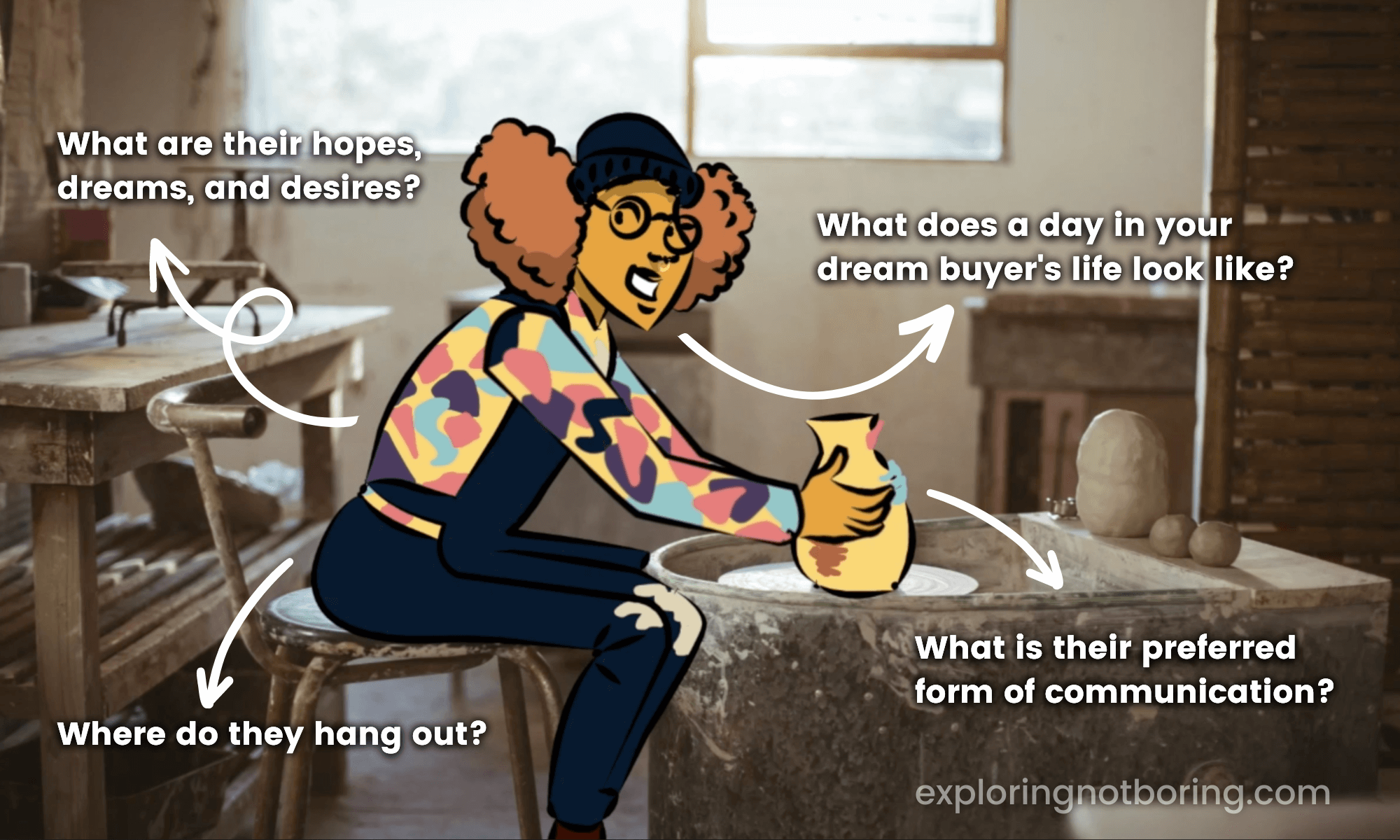

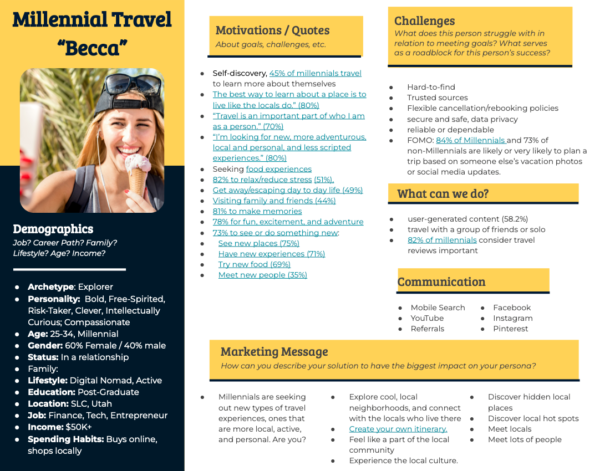


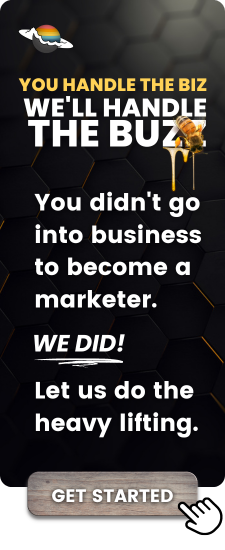
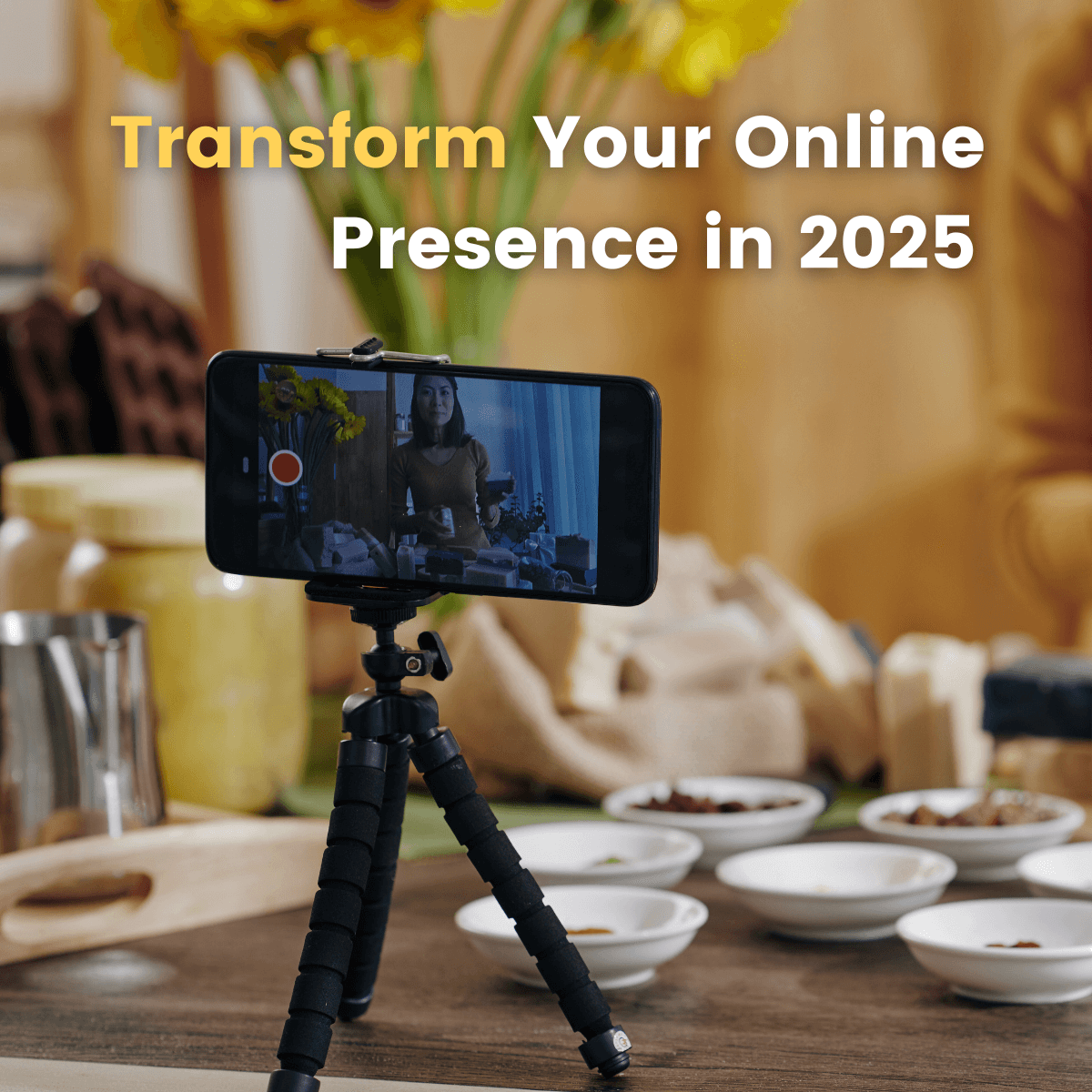

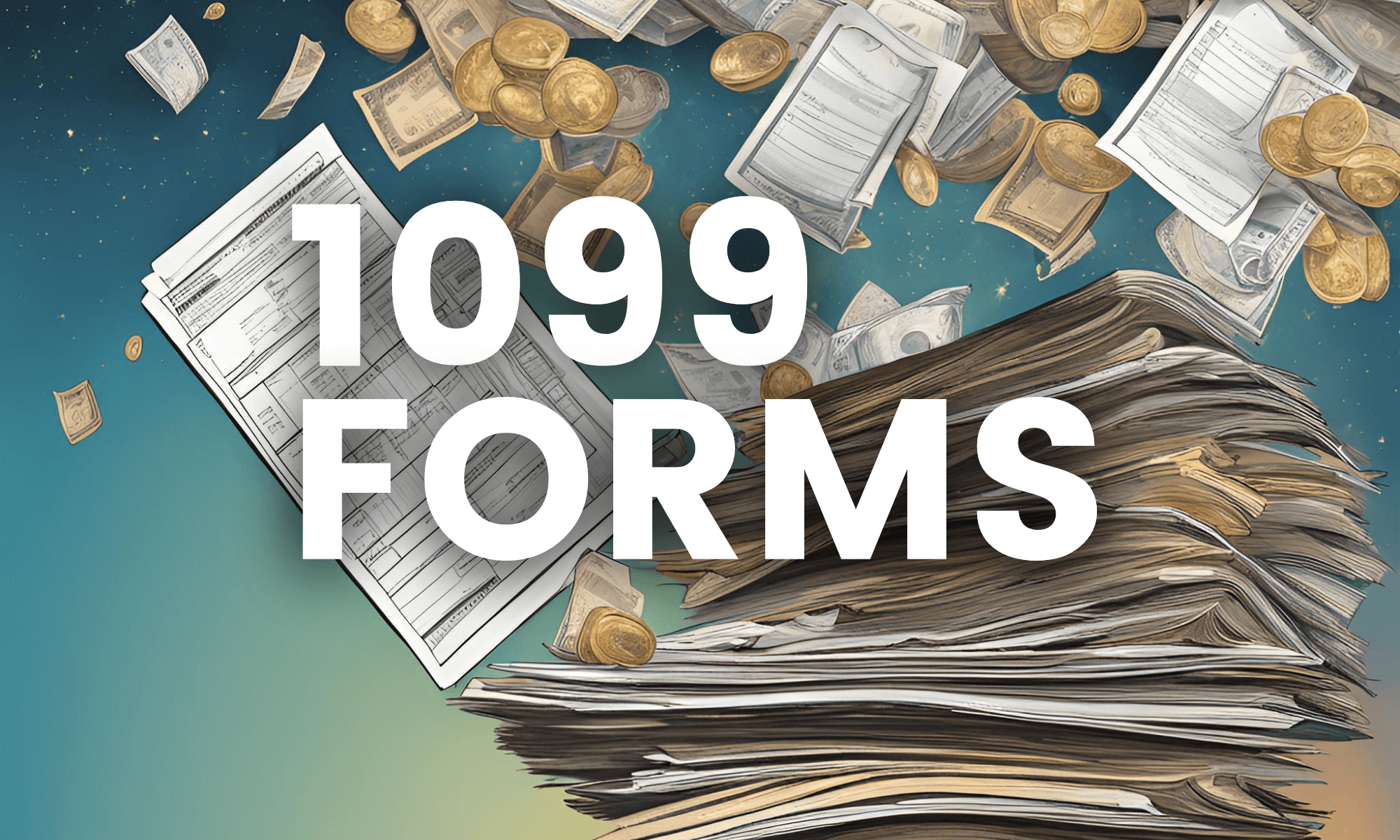
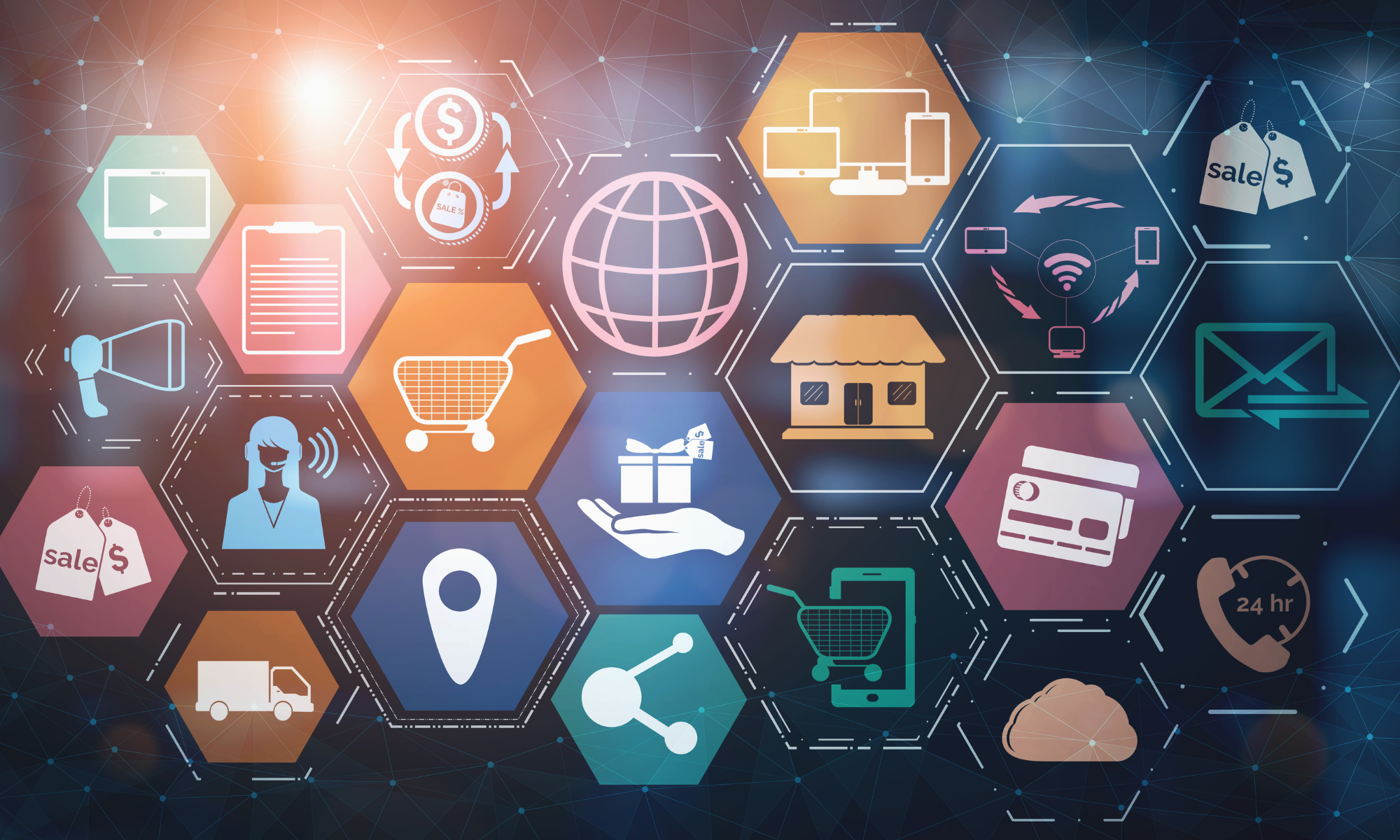
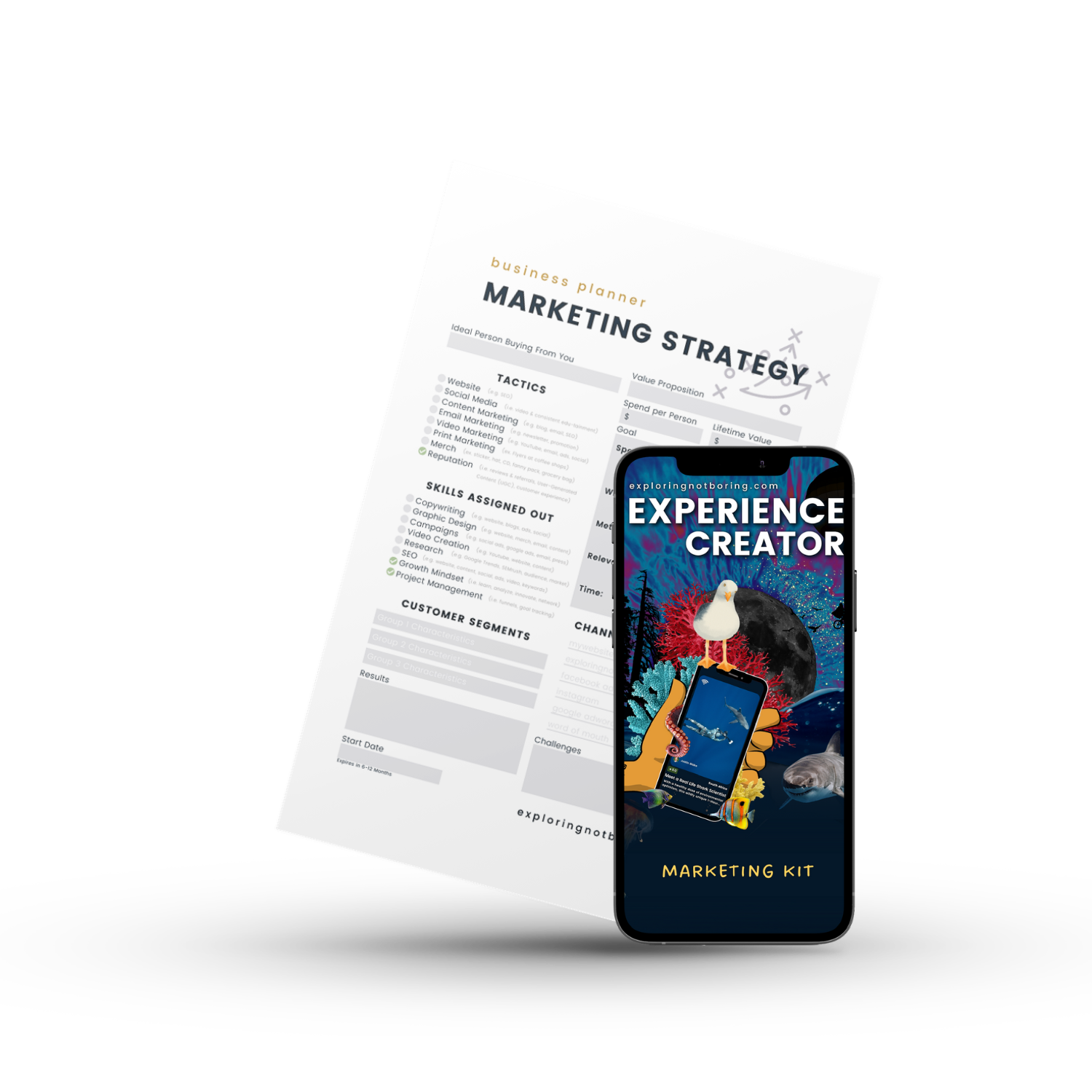
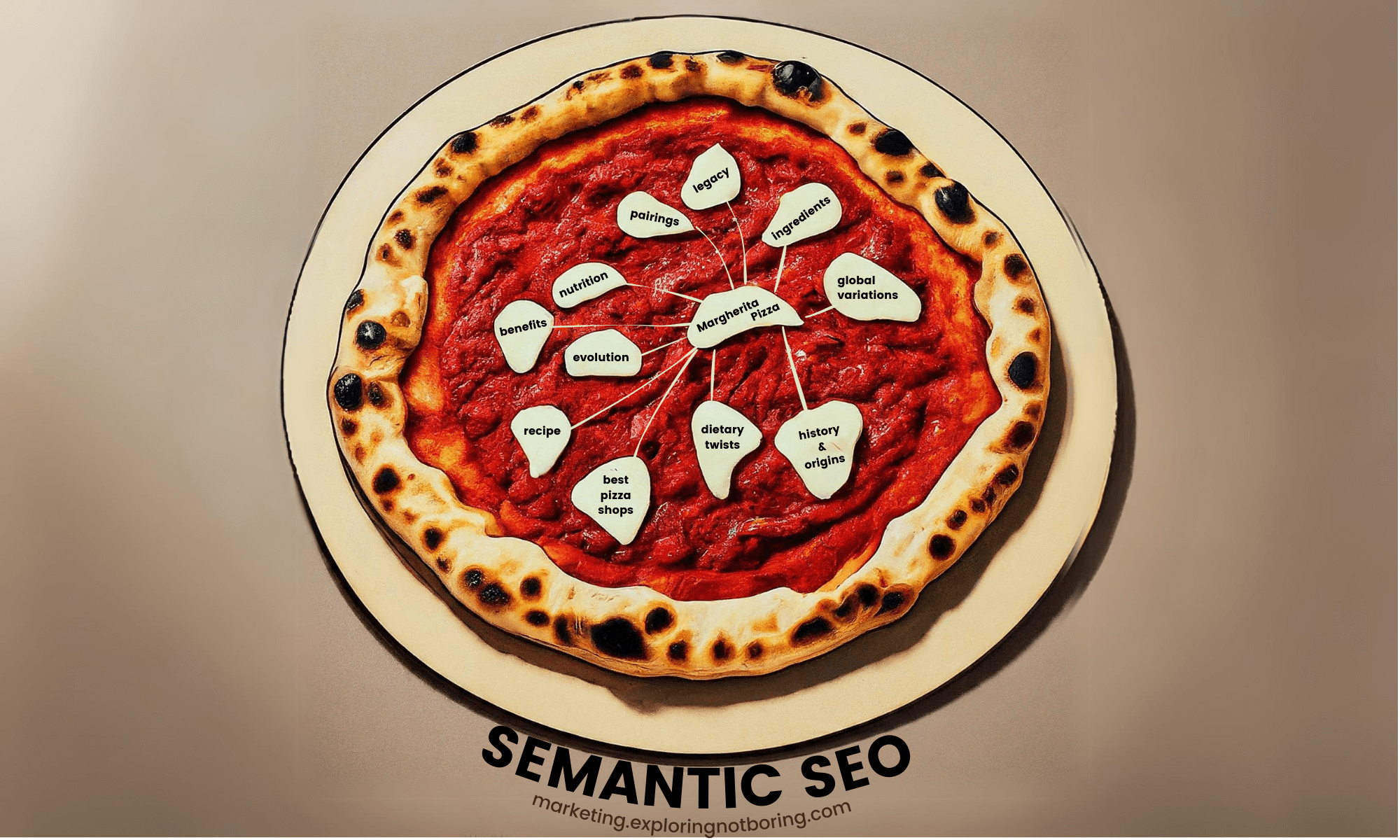
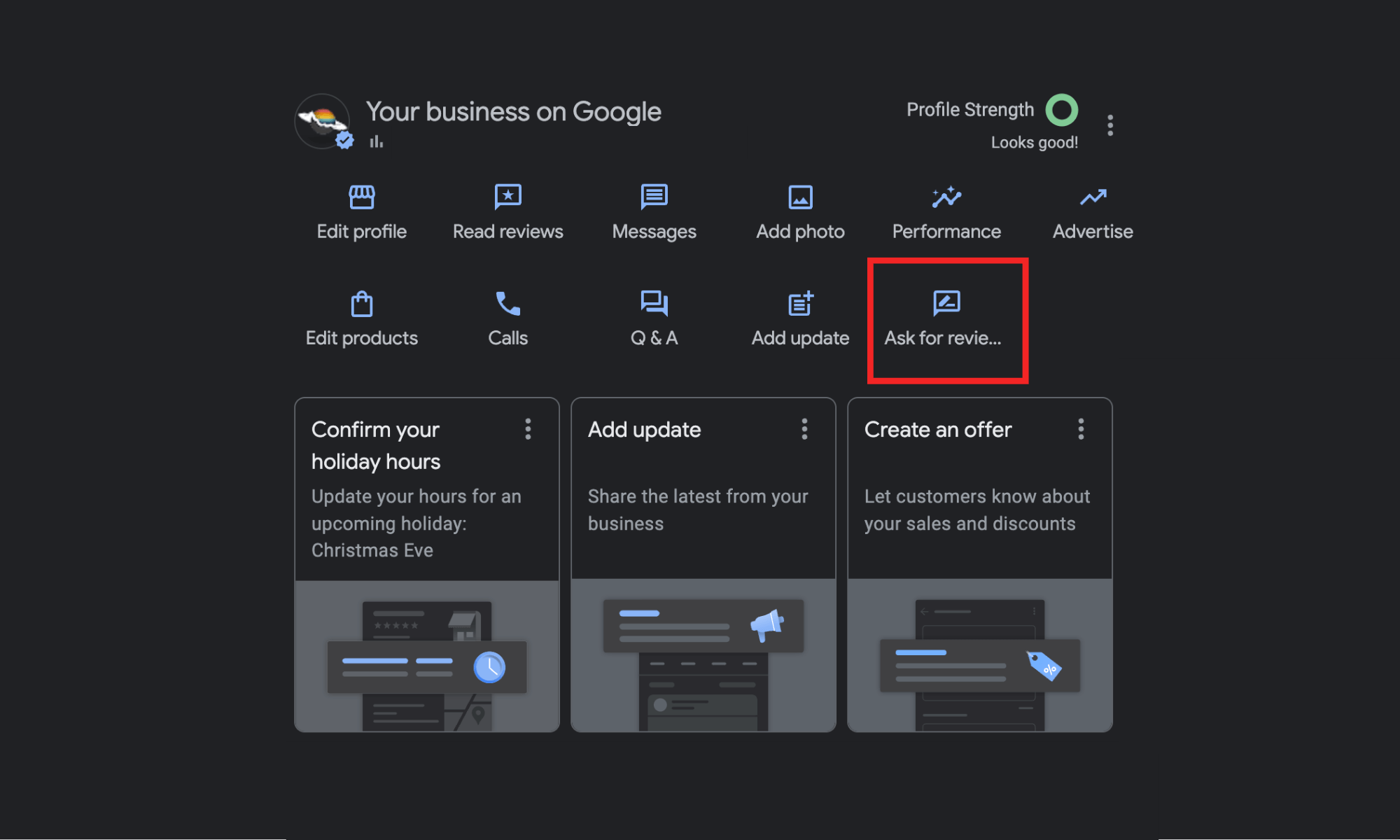
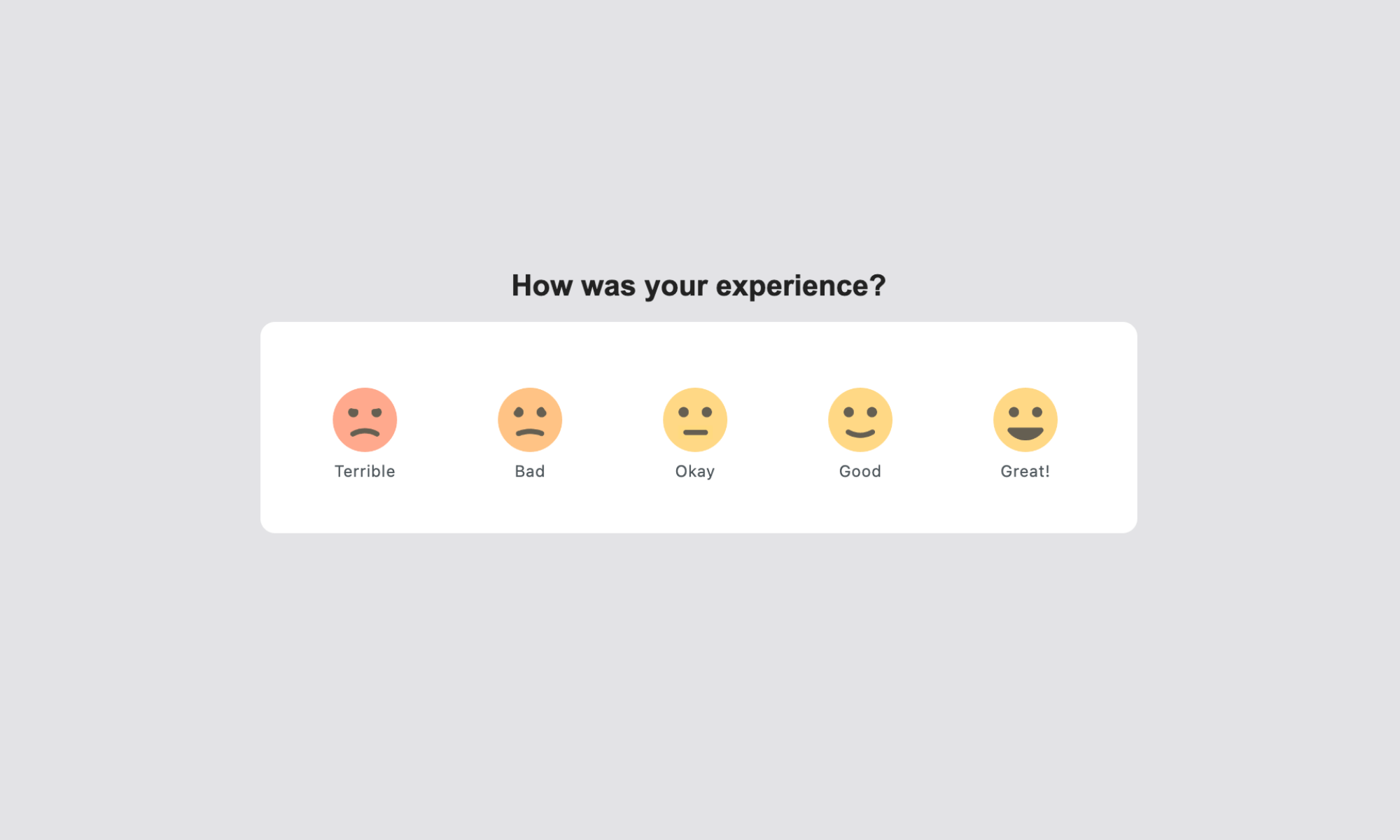
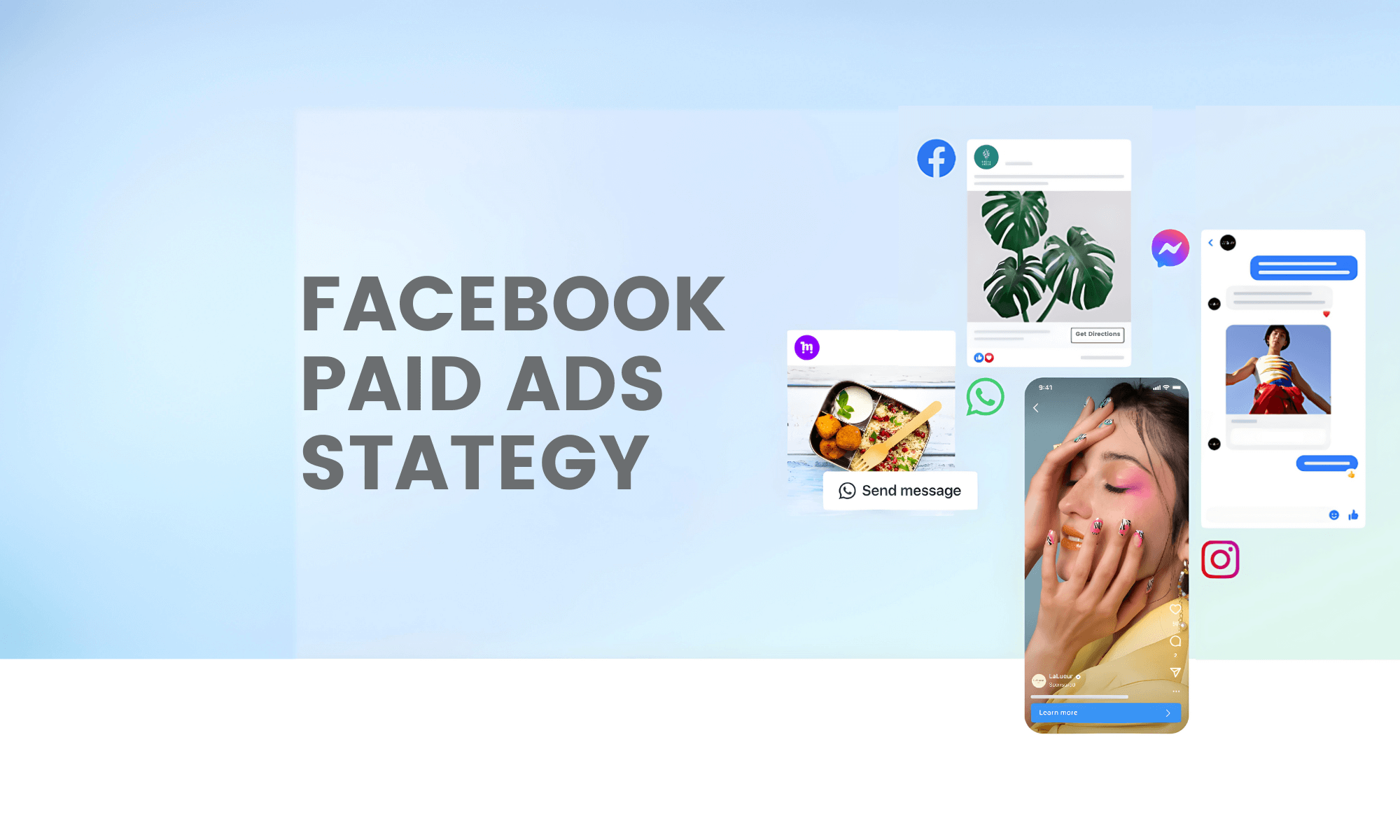
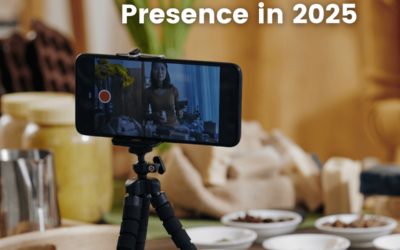
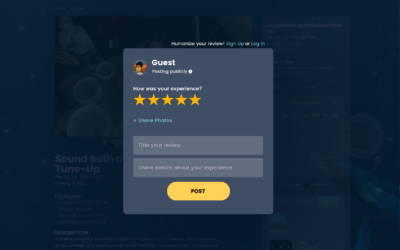
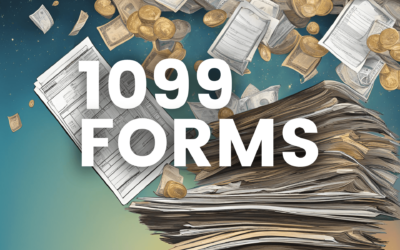

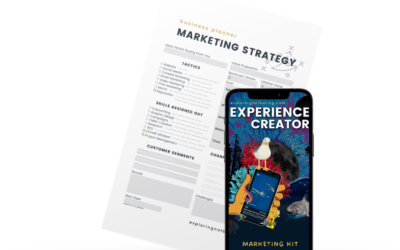

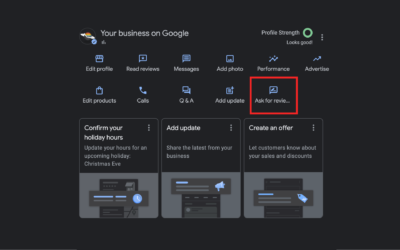
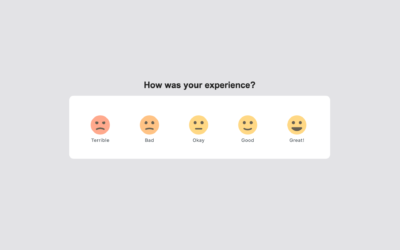
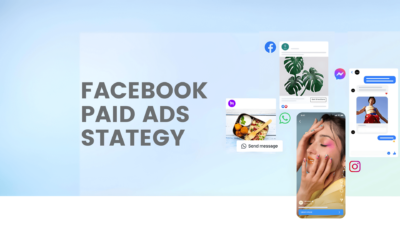

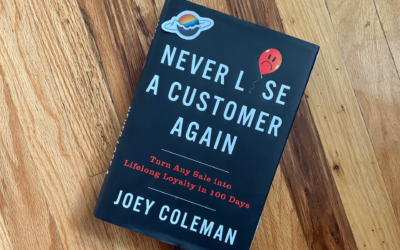
0 Comments